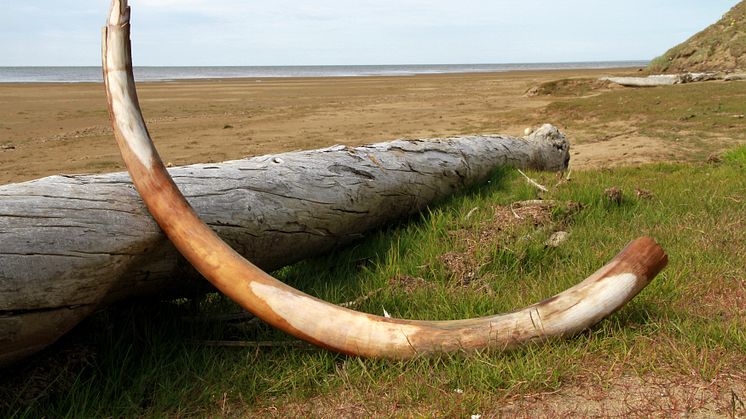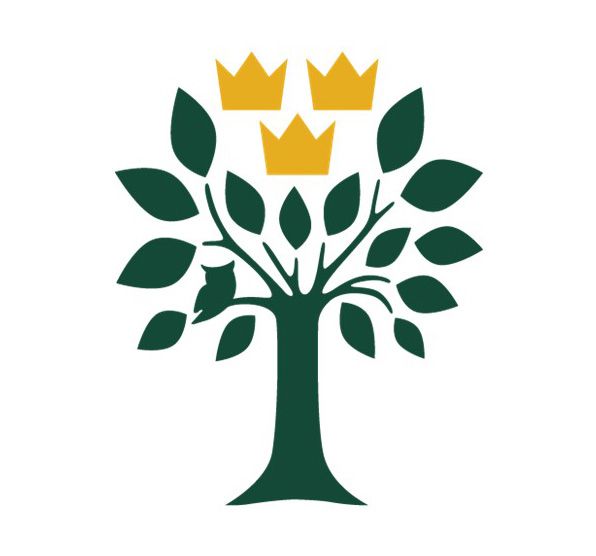
Pressmeddelande -
Inbreeding in the woolly mammoth weakened its immune system
The last population of the woolly mammoth went extinct after 6,000 years of isolation on Wrangel Island. New research shows that prior to the extinction, mammoths lost genetic diversity at a functionally-important immunity gene, which possibly made them more susceptible to disease. These findings are published today in the journal Scientific Reports in a study led by researchers at the Swedish Museum of Natural History.
In the first study of temporal changes in adaptive genetic variation in an extinct species, researchers compared the woolly mammoth’s genetic variation before and after the isolation on Wrangel Island that occurred as a consequence of climate change and rising sea levels at the end of the last Ice Age, approximately 10,500 years ago. During this period, the number of mammoths decreased from several tens of thousands to less than one thousand individuals.
“In theory, natural selection might be expected to sustain diversity in some genes even in the face of inbreeding and genetic drift. We tested this by analyzing changes in genetic variation as the woolly mammoth’s population size declined towards extinction,” says Love Dalén, Professor at the Swedish Museum of Natural History in Stockholm.
The researchers found that the mammoth lost genetic diversity in a gene that belongs to the major histocompatibility complex, a gene family that plays a fundamental role in pathogen recognition and immune response. To be able to recognize a wide range of pathogens, natural selection typically keeps the variation in these immunity genes high.
“Our results suggest that as the number of mammoths decreased, selection was no longer powerful enough to maintain diversity, and this would have affected the woolly mammoth’s ability to respond to pathogens,” says Patrícia Pečnerová, the first author of the study.
Although these results do not reveal why the woolly mammoth became extinct, they highlight the risk that small populations may lose the ability to adapt to changes in the environment. As such, understanding changes in adaptive variation that have taken place prior to species extinctions, such as the woolly mammoth, is important to appreciate the genetic challenges endangered species are facing today.
The article is freely available at: www.nature.com/articles/srep25274
Author Contacts:
Love Dalén, Professor
Swedish Museum of Natural History
love.dalen@nrm.se
Cell: +46 70 777 27 94
Patrícia Pečnerová, PhD student
Swedish Museum of Natural History
patricia.pecnerova@nrm.se
Cell: +46 725400904
Ämnen
Kategorier
Fakta om Naturhistoriska riksmuseet
Genom att vara en arena för kunskap, upplevelser, samtal och debatt vill vi bidra till att öka allas kunskap om vår gemensamma miljö och natur samt bidra till att påverka och förnya landets miljö- och naturvårdsarbete. Våra samlingar utgör ett fantastiskt arkiv med närmare tio miljoner föremål. Här kan du besöka utställningar på olika teman, lyssna till föredrag och delta i programaktiviteter. På Cosmonova, IMAX- och 3D-biograf samt ett av Europas främsta digitala planetarier, visas föreställningar som tar dig med mitt in i äventyret!






